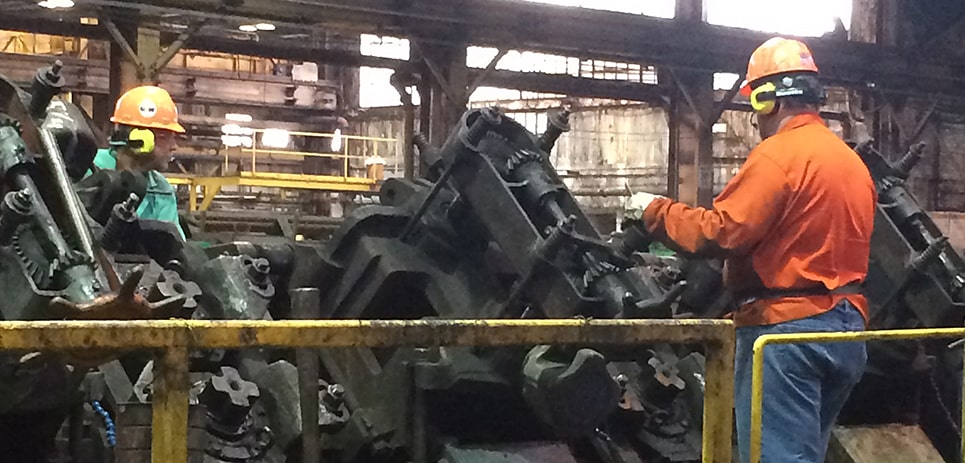Insight
Published and updated
Plant Floor Communication Failures: What Do They Cost You?
The plant floor is the nexus of your manufacturing universe. That’s where your supply chain ends and your workforce begins; where parts become products. It requires a commitment to efficiency to assure optimal productivity.
When communication fails on the plant floor, the costs can add up. Machine breakdowns ruin productivity. Delays cause inefficiency. Accidents lead to downtime and investigations.
How can improving team communication on the plant floor deflect the costs associated with these failures?
Machine Breakdowns
Communication failures can result in expensive machine breakdowns. Asset performance management software helps monitor equipment lifecycles, but communicating that to engineers, maintenance pros and operators is an added challenge. Improving communication can reduce unplanned maintenance events and reactive maintenance costs.
Delays
In addition to the delays caused by machine breakdowns, communication failures can result in delays related to:
- Inconsistency: Conflicting directions or performance feedback
- Poor execution: The “firehose” approach of over-communicating at a daily all-hands meeting or undependable technology that makes communication hard to understand
- Unplanned shift changes: Notifying the team that a member is late or absent for a shift
- Unmotivated workforce: Lack of performance feedback or the absence of consistent positive reinforcement to achieve goals
Reliable team communication helps minimize these delay triggers. Consistent communication keeps workers on task and eliminates distractions caused by miscommunication.
Accidents
Accidents that happen or are made worse because of communication failures are 100 percent preventable. Improving team communication on the plant floor keeps workers alert, streamlines emergency preparedness and response, and fortifies crisis management.
What Isn’t Working
Plant floor team communication barriers are nothing new in manufacturing. Companies have tried everything from plant floor kiosks and bulletin boards to walkie-talkies and smartphones.
Most solutions fail because they just aren’t the right fit for a particular plant floor—there is no one-size-fits-all solution. For example:
- Mobile devices are fragile and unreliable. Mobile messaging is making strides in internal factory communication. However, plant floors are brutal on devices, especially if they’re not industrially hardened.
- Instant messaging still isn’t fast enough. Even if every worker is equipped with an industrial-hardened mobile device, sending messages still requires typing or dictating and network distribution. Those seconds add up and reduce productivity. And warning shouts are impossible over SMS.
- Two-way radios are problematic for many reasons. Only one person can speak at a time. Most systems won’t allow you to broadcast to your whole team. True conference-style interaction is only available with full-duplex systems. Conversations can be difficult to hear and understand in high-noise environments.
Keep in mind that manufacturing, warehousing, and processing facilities tend to be loud. Solutions such as noise control curtains, machinery sound enclosures, and other noise partitions limit line of sight. Hearing protection devices can further insulate workers from their surroundings, making the use of any of the above solutions even more complex.
How to Fix It

Wireless team communication systems that incorporate hearing protection, full-duplex interactivity, and hands-free operation can keep each worker and supervisor engaged every second he or she is on the plant floor. There’s no interference, less confusion, better engagement, and sharper situational awareness.
According to Gallup®*—and analyzed further by Bryan McWhorter in “Why is Safety a Bad Word?”—companies with engaged workforces have 147 percent higher earnings per share (EPS), 41 percent fewer quality defects and 48 percent fewer safety incidents.
Those numbers add up to a solid business case for improving team communication on the plant floor.